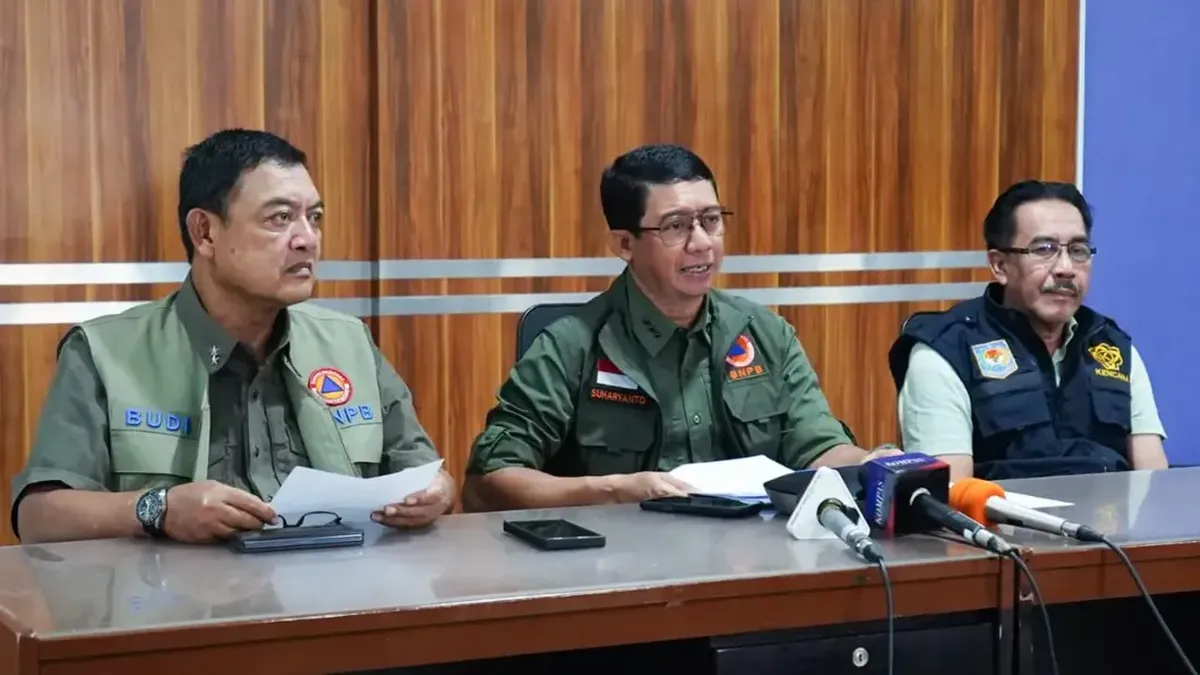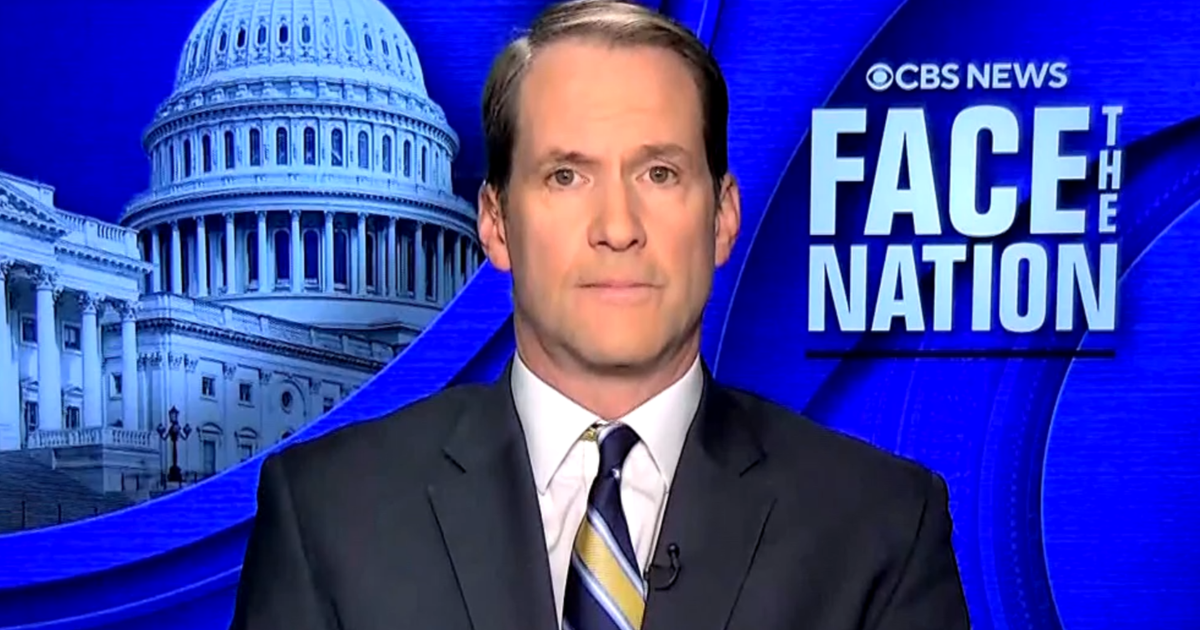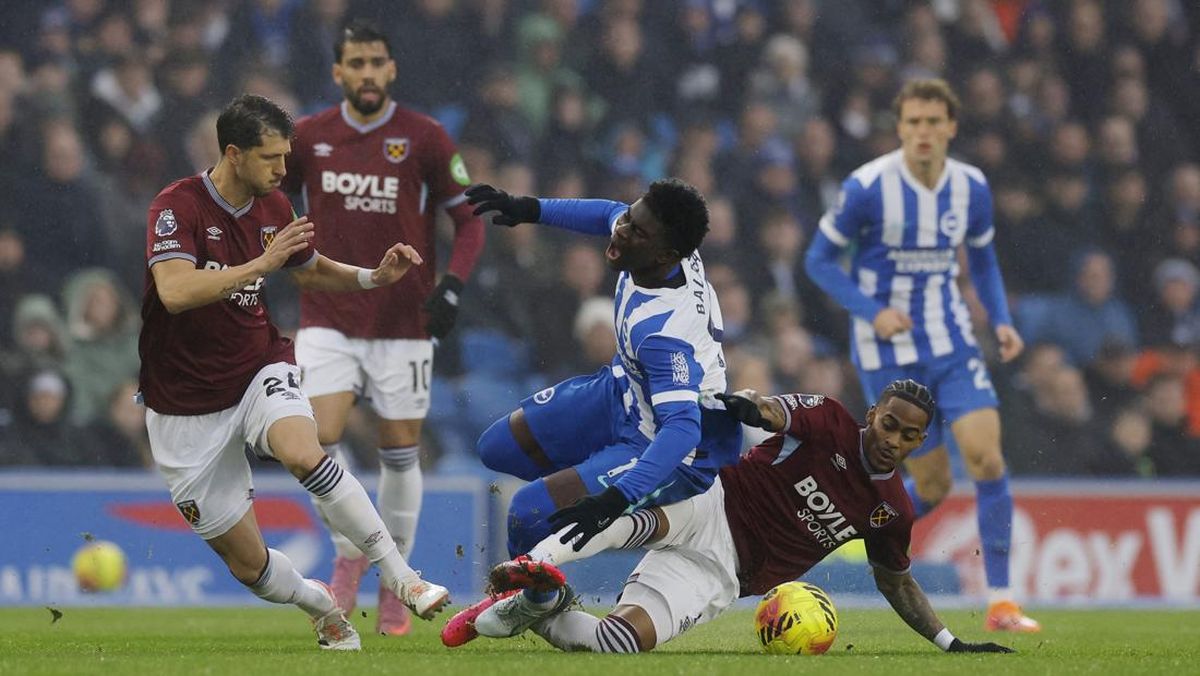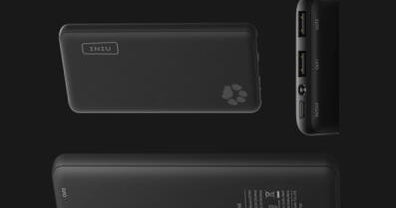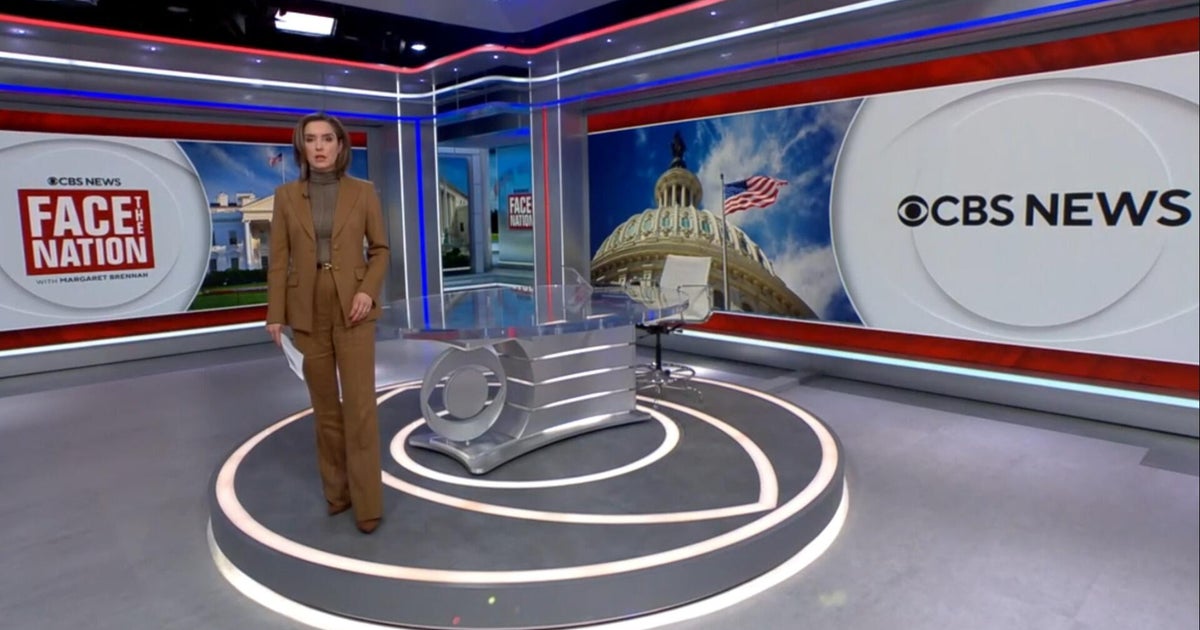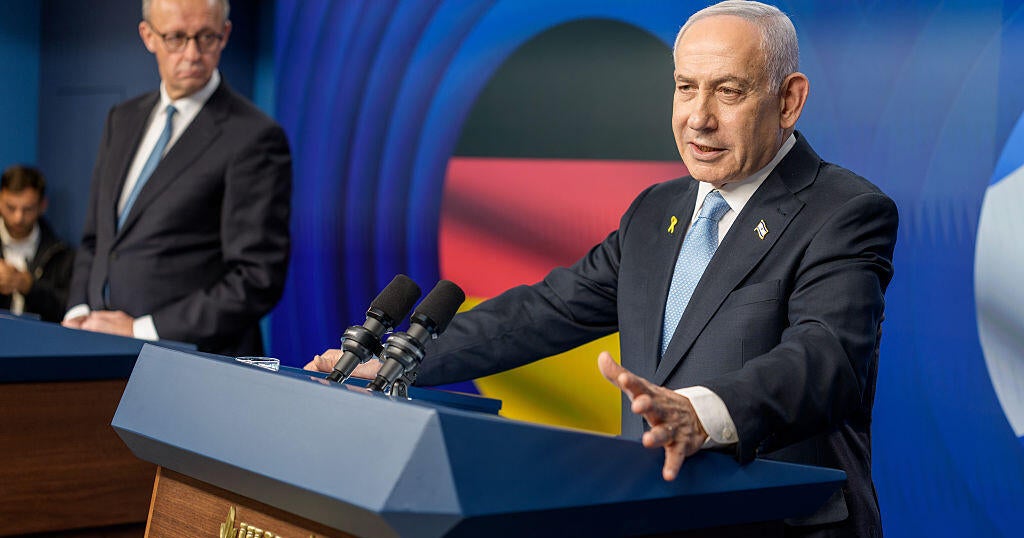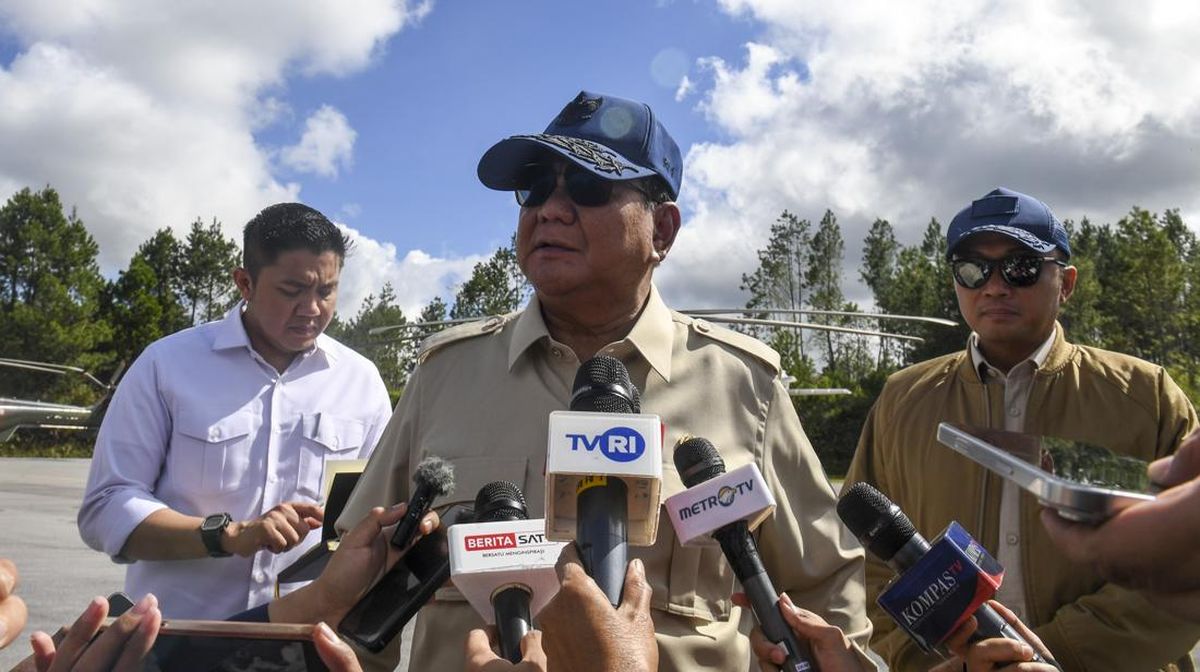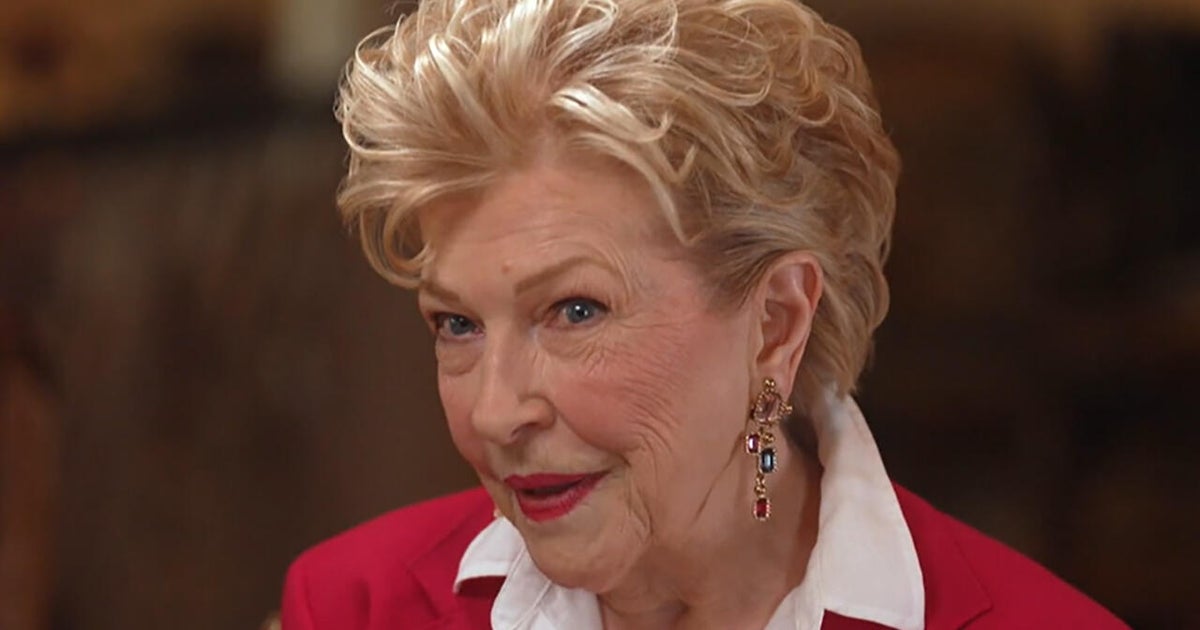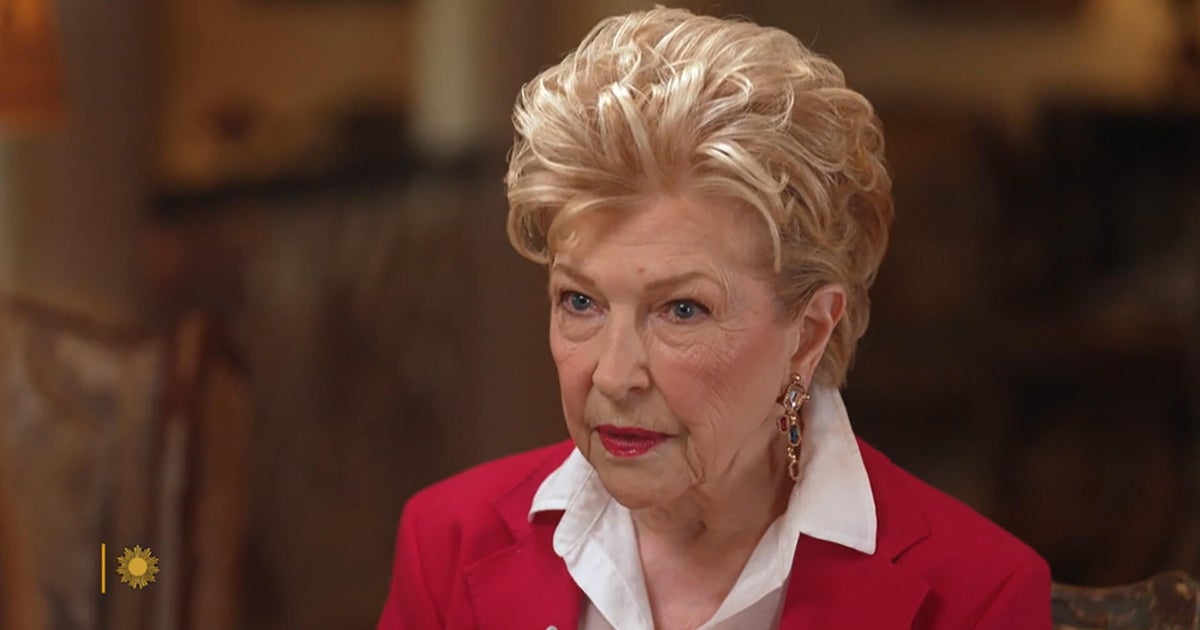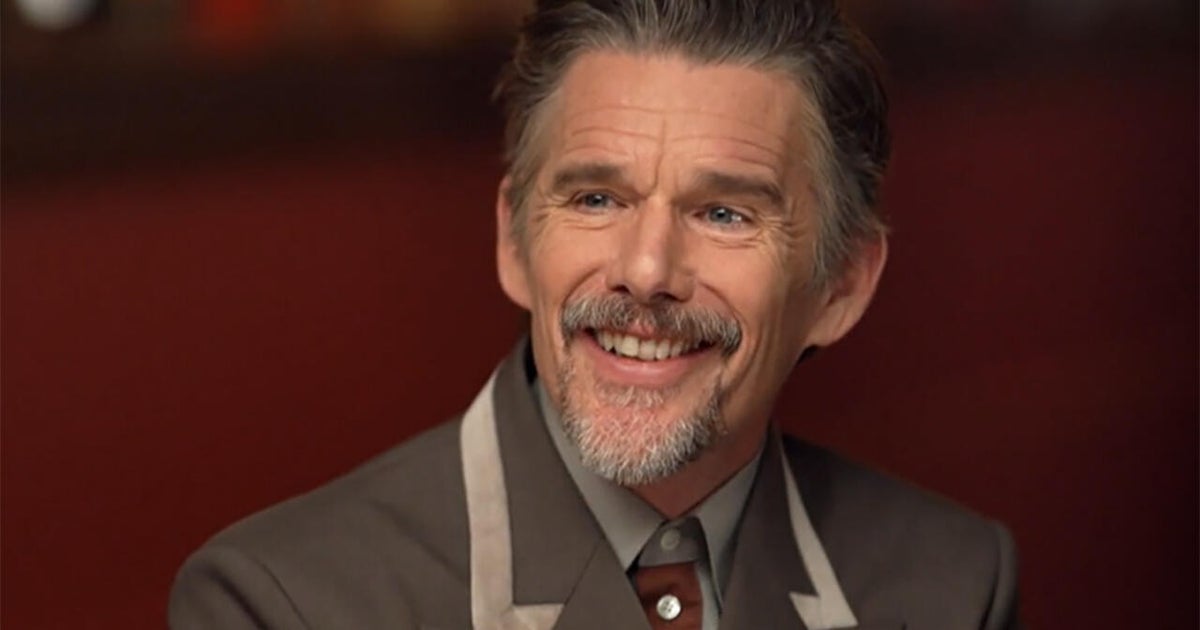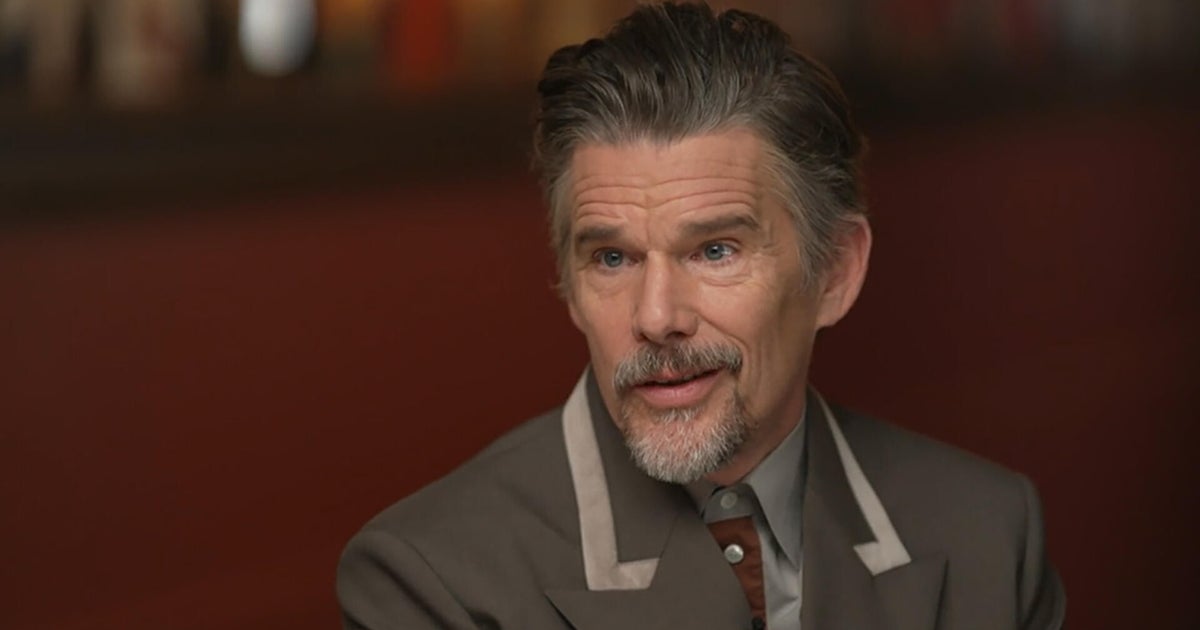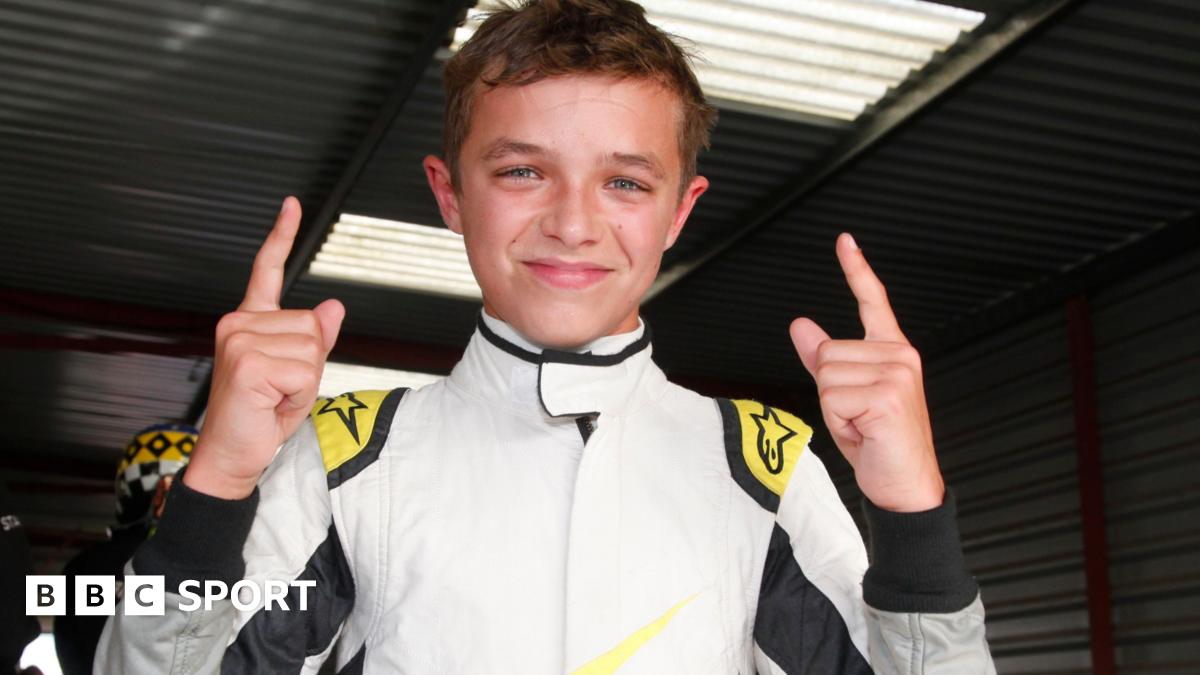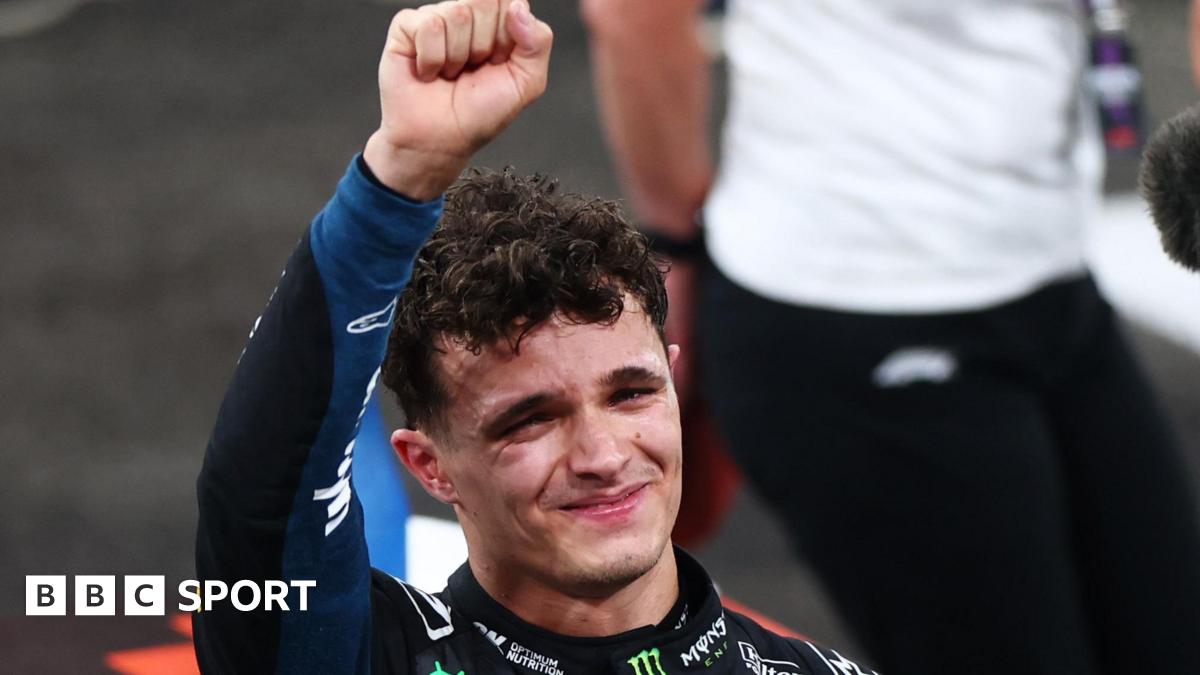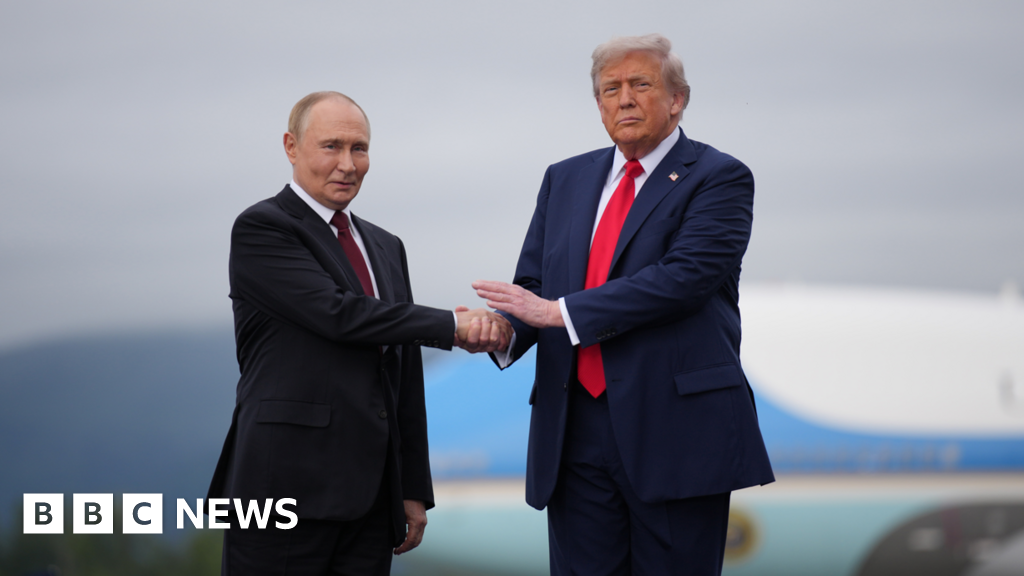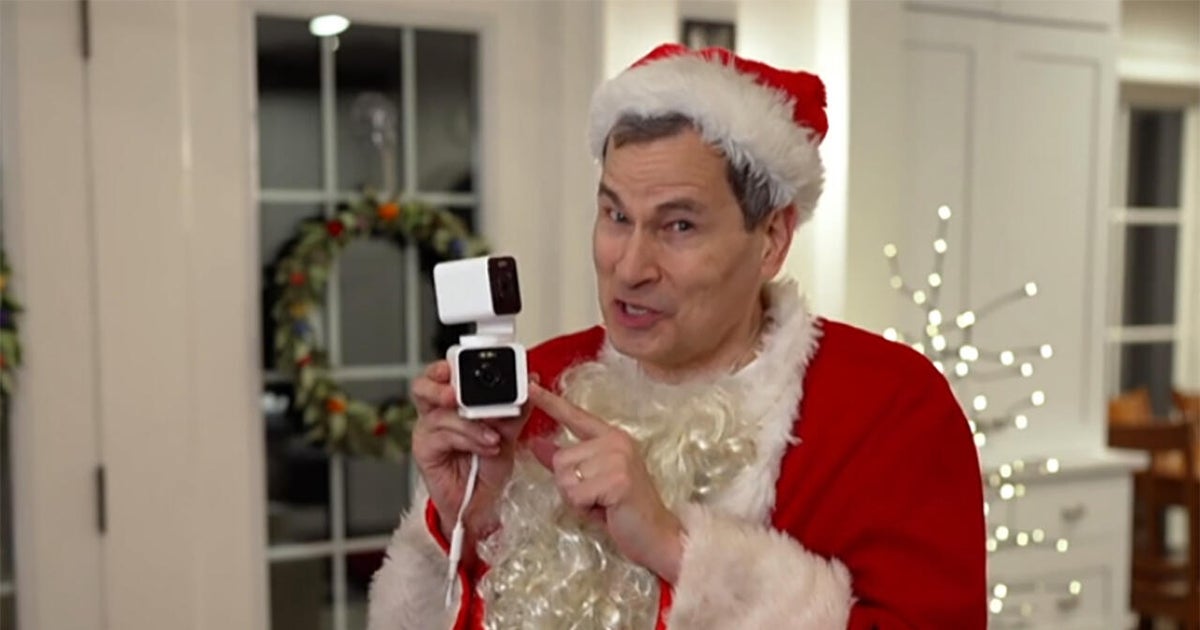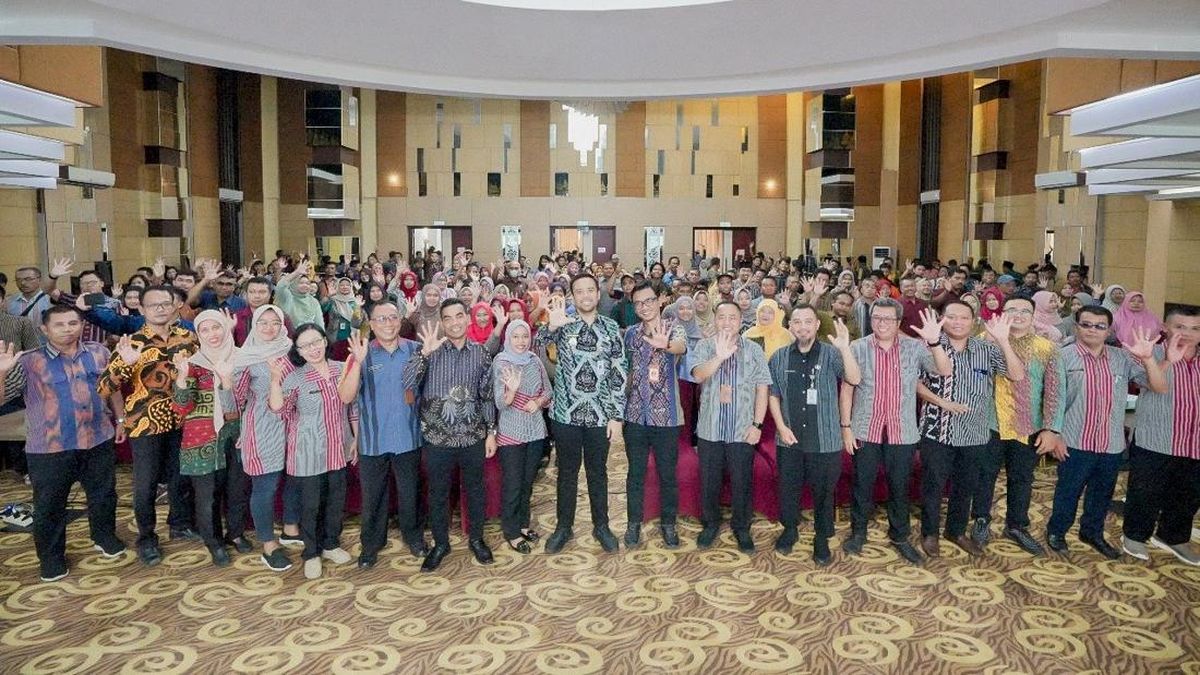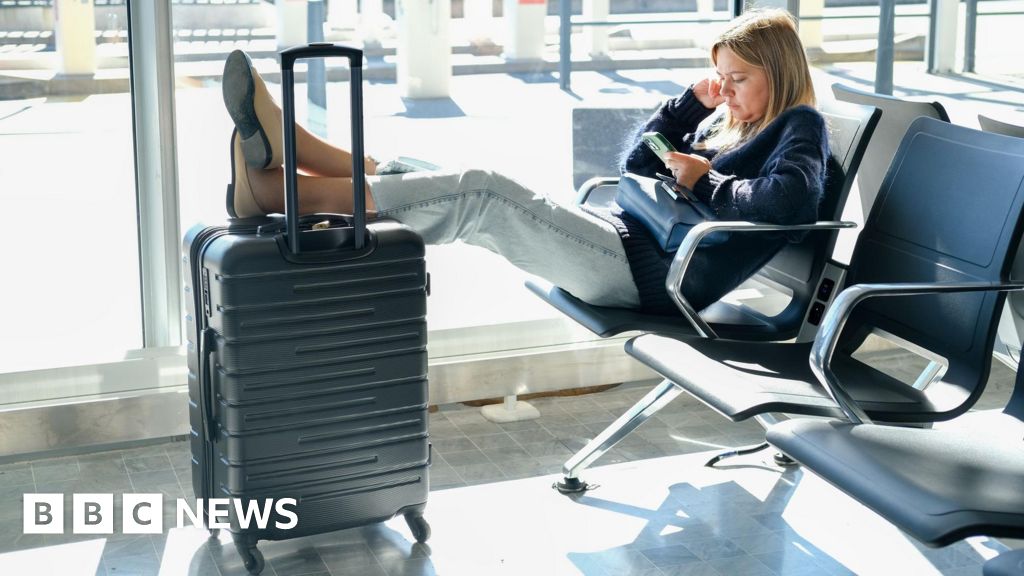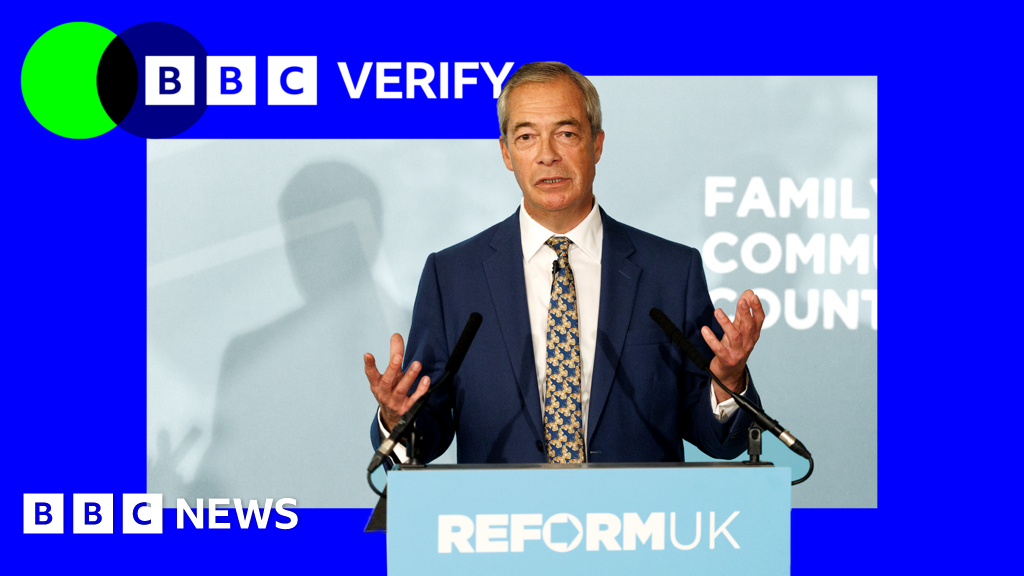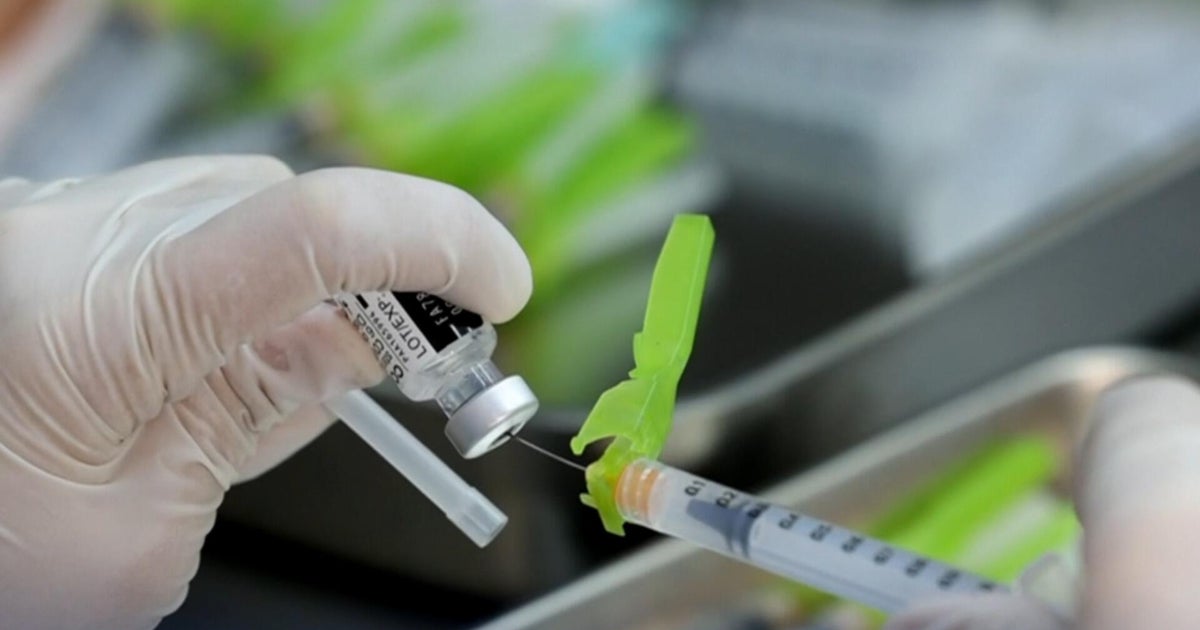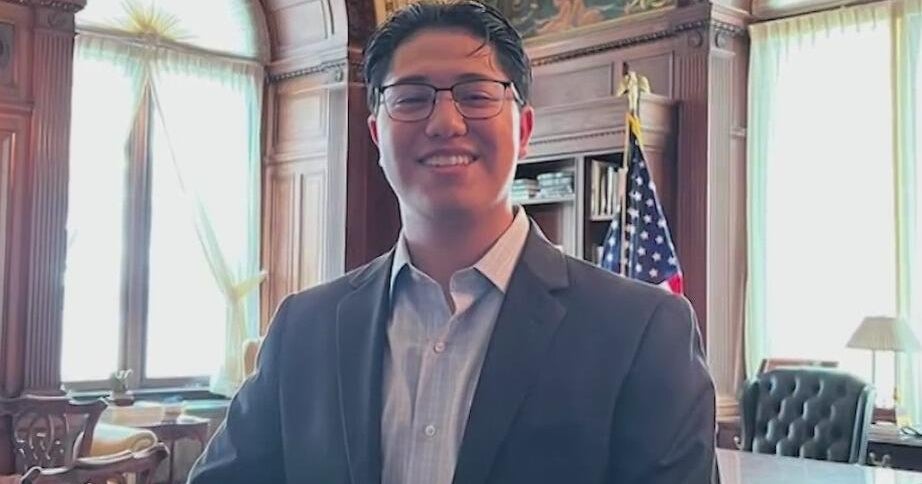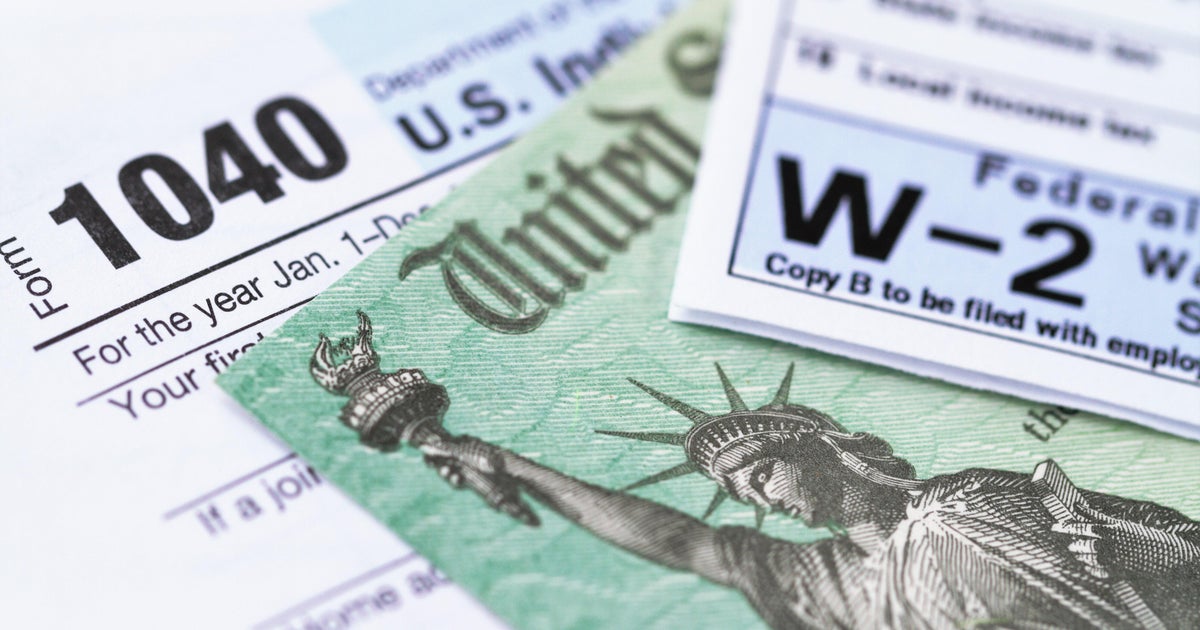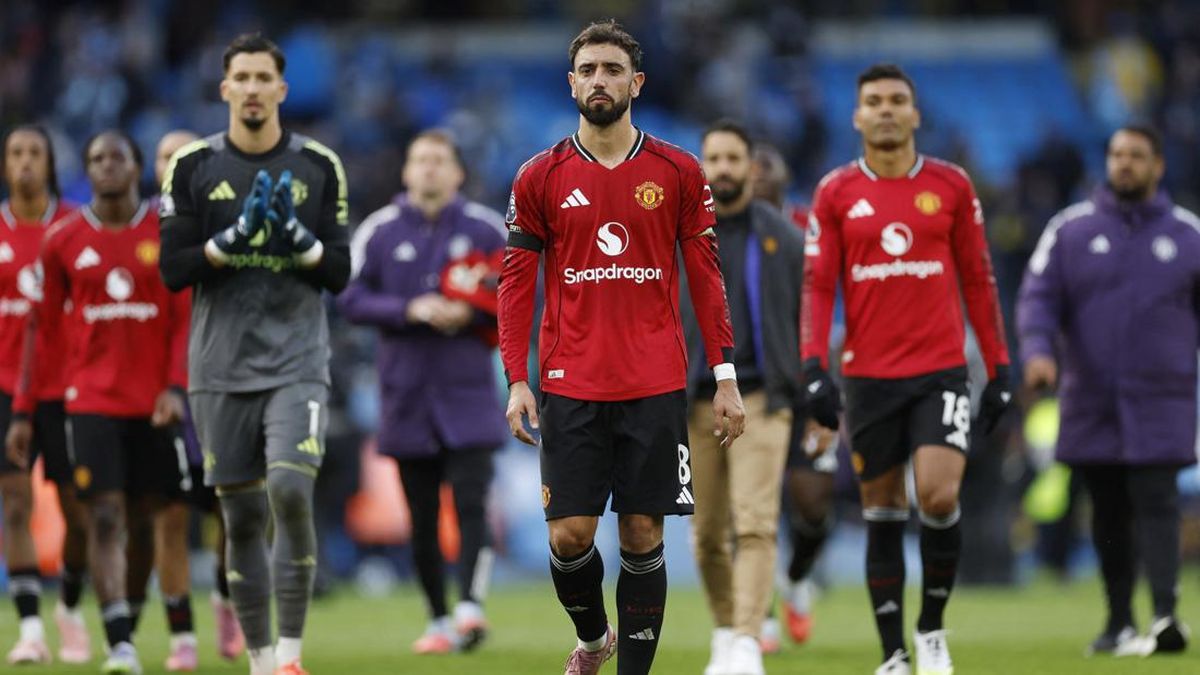Louise Schirmer would like to have followed the advice of fashion designer and breast cancer survivor Camilla Franks on how to navigate treatment for the most common cancer among Australian women.
But she did not have the luxury.

Louise Schirmer was left with six permanent tattoos after her breast cancer treatment. Credit: Joe Armao
“Camilla used to say, ‘When you go through breast cancer treatment, be the CEO of your medical plan’,” says Schirmer, a mother of three and Australian general manager for power procurement company AECO Energy.
“But most people don’t have that choice. Because it happens so quickly, you just take the medical advice. Everything is out of your control, and you have no power over the situation. You do what you need to do.”
One Sunday in June 2019, Schirmer noticed she felt a little sore and decided to book a GP appointment for the following Tuesday. She was sent for a mammogram the next day, and the day after a surgeon performed a biopsy.
Loading
Schirmer quickly learned she was among about 21,000 Australian women diagnosed annually with breast cancer, and a week later she had the first of three surgeries, followed by chemo and radiation therapy to treat a fast-growing form of the disease.
Schirmer also learned that for many women, the marks left behind by cancer and its treatment are indelible.
“One thing my surgeon, whose wife had also had breast cancer, said to me is that you become ‘a new you’ after going through breast cancer,” says Schirmer.
“You’re never quite the same for many reasons: the hormonal changes, the physical and psychological trauma. Any little thing you can do to feel a little bit like you were before is a win.”
She was among many patients unaware until the time comes that radiation treatment for breast cancer often involves being tattooed in multiple places to help guide the targeted beams.
Some women do not realise this has even occurred until after procedures, says Vicki Durston, director of policy, advocacy and support services at the Breast Cancer Network Australia.
“Often women say, ‘I wasn’t asked, I was just told – or not even told, it was just assumed I knew I was getting permanent tattoos for the treatment with radiotherapy’,” says Durston.
“A lot have told us there’s just this assumption they do this to our bodies with no communication by health professionals around what this means, do I have choice and what it means afterwards.”
Though some treatment centres now offer surface guided radiation therapy, which uses camera technology rather than permanent markings for positioning, Schirmer was marked with six ink dots around her chest.

Louise Schirmer is given tattoo removal therapy this week by laser specialist Elizabeth Stevens.Credit: Joe Armao
As the official end of her treatment approached – the conclusion of seven years of hormone blockers– she decided to investigate having all but one of the radiation dots taken off, and visited a tattoo removal clinic.
To her surprise, Schirmer was told by staff at the clinic she visited, Removery, that they would happily provide the six treatments for free, saving her $200 a session. The initiative was started by the group’s US parent company – founded by an Australian – and more recently introduced to Australia.
Elizabeth Stevens, a laser specialist who gave Louise Schirmer her second dot-removal treatment this week, says clinicians and patients form a bond through the course of treatments, and it is a pleasure to deliver them (using photoacoustic energy and pressure to smash the ink into particles the body can clear).
Loading
“We do form a very good relationship with the client having their dots removed. For myself, it gives a sense that ‘I can help you, and we’re going to go through this together’,” she says.
“And when these are removed, we can celebrate, it’s so rewarding.”
Schirmer says while many women regard their “battle scars” as a source of pride for what they have overcome, “having the control to be able to remove the ones you don’t have to have, when you are ready, and it’s time is stepping away a little bit from that the trauma that you’ve been through”.
She will keep a single dot as what she considers a badge of honour, but losing the rest “is kind of helping me to close out that part of my life, that chapter. I’m a very proud survivor”.
The Morning Edition newsletter is our guide to the day’s most important and interesting stories, analysis and insights. Sign up here.
Most Viewed in National
Loading

